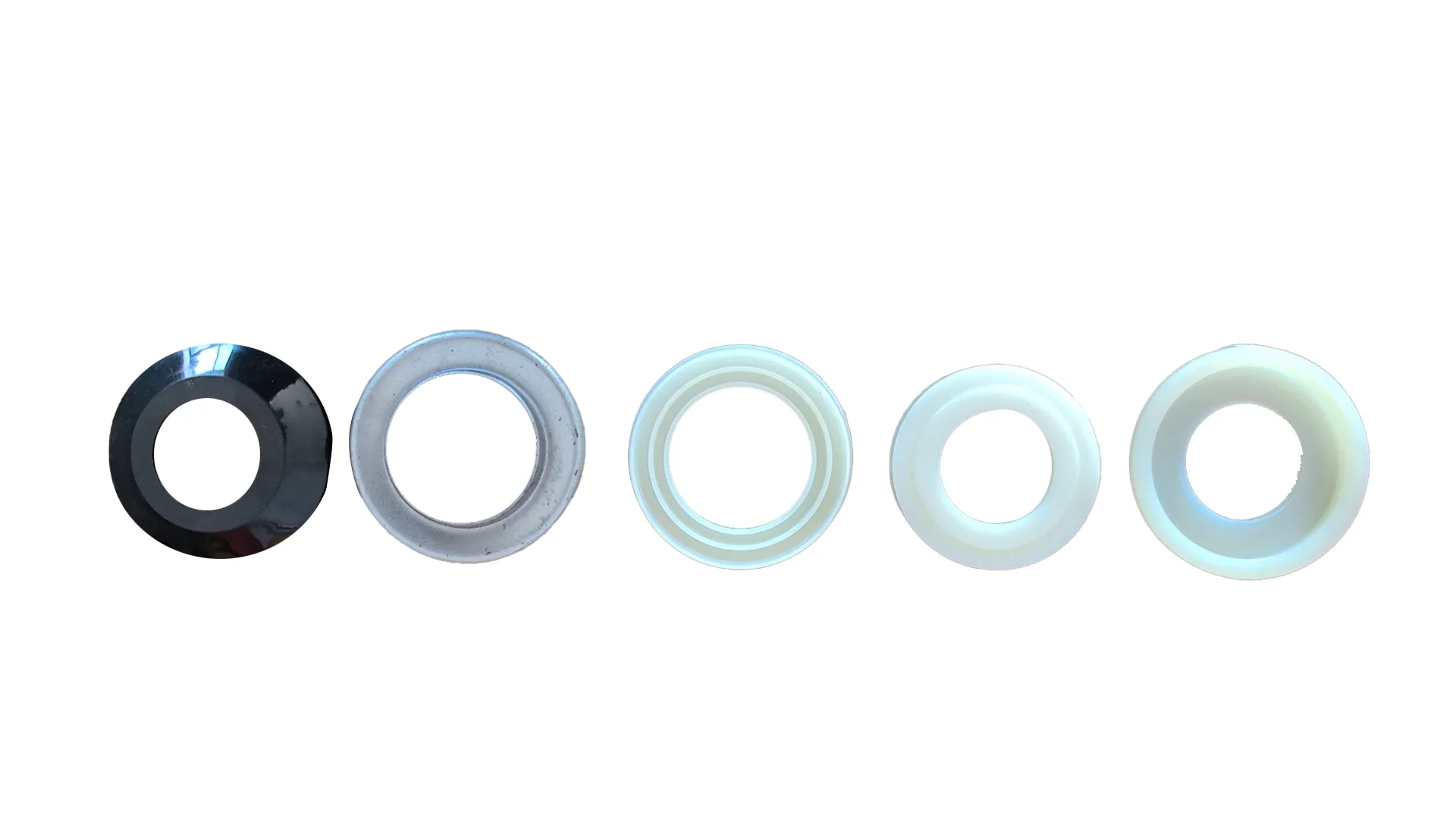 Afrikaans
Afrikaans  Albanian
Albanian  Amharic
Amharic  Arabic
Arabic  Armenian
Armenian  Azerbaijani
Azerbaijani  Basque
Basque  Belarusian
Belarusian  Bengali
Bengali  Bosnian
Bosnian  Bulgarian
Bulgarian  Catalan
Catalan  Cebuano
Cebuano  Corsican
Corsican  Croatian
Croatian  Czech
Czech  Danish
Danish  Dutch
Dutch  English
English  Esperanto
Esperanto  Estonian
Estonian  Finnish
Finnish  French
French  Frisian
Frisian  Galician
Galician  Georgian
Georgian  German
German  Greek
Greek  Gujarati
Gujarati  Haitian Creole
Haitian Creole  hausa
hausa  hawaiian
hawaiian  Hebrew
Hebrew  Hindi
Hindi  Miao
Miao  Hungarian
Hungarian  Icelandic
Icelandic  igbo
igbo  Indonesian
Indonesian  irish
irish  Italian
Italian  Japanese
Japanese  Javanese
Javanese  Kannada
Kannada  kazakh
kazakh  Khmer
Khmer  Rwandese
Rwandese  Korean
Korean  Kurdish
Kurdish  Kyrgyz
Kyrgyz  Lao
Lao  Latin
Latin  Latvian
Latvian  Lithuanian
Lithuanian  Luxembourgish
Luxembourgish  Macedonian
Macedonian  Malgashi
Malgashi  Malay
Malay  Malayalam
Malayalam  Maltese
Maltese  Maori
Maori  Marathi
Marathi  Mongolian
Mongolian  Myanmar
Myanmar  Nepali
Nepali  Norwegian
Norwegian  Norwegian
Norwegian  Occitan
Occitan  Pashto
Pashto  Persian
Persian  Polish
Polish  Portuguese
Portuguese  Punjabi
Punjabi  Romanian
Romanian  Russian
Russian  Samoan
Samoan  Scottish Gaelic
Scottish Gaelic  Serbian
Serbian  Sesotho
Sesotho  Shona
Shona  Sindhi
Sindhi  Sinhala
Sinhala  Slovak
Slovak  Slovenian
Slovenian  Somali
Somali  Spanish
Spanish  Sundanese
Sundanese  Swahili
Swahili  Swedish
Swedish  Tagalog
Tagalog  Tajik
Tajik  Tamil
Tamil  Tatar
Tatar  Telugu
Telugu  Thai
Thai  Turkish
Turkish  Turkmen
Turkmen  Ukrainian
Ukrainian  Urdu
Urdu  Uighur
Uighur  Uzbek
Uzbek  Vietnamese
Vietnamese  Welsh
Welsh  Bantu
Bantu  Yiddish
Yiddish  Yoruba
Yoruba  Zulu
Zulu Choosing the Right Lagging for Conveyor Pulley Performance Enhancement
Understanding Conveyor Pulley Lagging Importance, Types, and Benefits
Conveyor systems are integral components in numerous industries, facilitating the efficient movement of materials from one point to another. A key element of these systems is the conveyor pulley, which plays a crucial role in the conveyor's overall functionality and efficiency. One important aspect of conveyor pulleys that is often overlooked is lagging, a process that involves applying a layer of material to the pulley surface. This article explores the concept of conveyor pulley lagging, its importance, types, and the benefits it brings to conveyor systems.
The Importance of Conveyor Pulley Lagging
Lagging is essential for ensuring optimal performance of conveyor systems. The primary purpose of lagging is to increase the friction between the pulley and the conveyor belt. This enhanced friction helps in preventing slippage, which can lead to belt misalignment and uneven wear. Such issues not only reduce the efficiency of the conveyor system but can also result in increased downtime and maintenance costs. By applying lagging to the pulleys, companies can ensure that their conveyor systems operate smoothly and reliably.
In addition to improving friction, lagging can also provide protection to the pulley itself. Conveyor pulleys are subject to constant wear due to the harsh operating environments they are often placed in, including exposure to heavy loads, abrasive materials, and varying weather conditions. By adding a protective layer, lagging helps to prolong the lifespan of the pulley, thereby reducing the frequency and costs associated with replacements and repairs.
Types of Conveyor Pulley Lagging
There are several types of lagging materials commonly used in conveyor systems, each offering distinct advantages depending on the specific application and operating conditions. The most prevalent materials include
1. Rubber Lagging This is the most commonly used type of lagging. Rubber lagging provides excellent frictional properties and is resilient to wear and tear, making it suitable for various applications. It is available in different thicknesses and styles to accommodate specific requirements.
conveyor pulley lagging

2. Ceramic Lagging Designed for high-performance applications, ceramic lagging features ceramic tiles that enhance grip and provide a high level of abrasion resistance. This type is typically used in high-impact and heavy-duty operations where other lagging materials may fail.
3. Polyurethane Lagging This material offers a good balance between flexibility and durability. Polyurethane lagging is resistant to wear and provides effective friction performance, making it a suitable option for many conveyor systems.
4. Composite Lagging Comprising different materials, composite lagging can be specially designed to meet the unique needs of specific applications. This type of lagging aims to combine the best properties of various materials to enhance performance.
Benefits of Conveyor Pulley Lagging
The benefits of properly implemented conveyor pulley lagging are numerous. Firstly, it significantly reduces maintenance costs associated with belt replacement and pulley repairs, leading to lower overall operating costs. Secondly, improved grip results in higher efficiency in material transport, leading to increased productivity. Additionally, the longevity of the conveyor components is enhanced, minimizing the need for frequent replacements.
Lastly, a well-lagged pulley can contribute to safer operations. By preventing belt slippage, it reduces the risk of accidents related to erratic belt movements, ensuring a safer work environment for employees.
In conclusion, conveyor pulley lagging is a vital component that enhances the functionality, efficiency, and safety of conveyor systems. By choosing the right type of lagging material and ensuring its proper application, businesses can optimize their conveyor operations, leading to improved productivity and reduced operational costs. As industries continue to evolve, the importance of effective conveyor pulley lagging will only grow, making it a crucial consideration for anyone involved in material handling and logistics.
-
Revolutionizing Conveyor Reliability with Advanced Rubber Lagging PulleysNewsJul.22,2025
-
Powering Precision and Durability with Expert Manufacturers of Conveyor ComponentsNewsJul.22,2025
-
Optimizing Conveyor Systems with Advanced Conveyor AccessoriesNewsJul.22,2025
-
Maximize Conveyor Efficiency with Quality Conveyor Idler PulleysNewsJul.22,2025
-
Future-Proof Your Conveyor System with High-Performance Polyurethane RollerNewsJul.22,2025
-
Driving Efficiency Forward with Quality Idlers and RollersNewsJul.22,2025





























